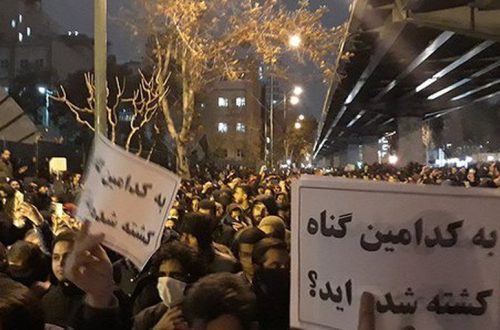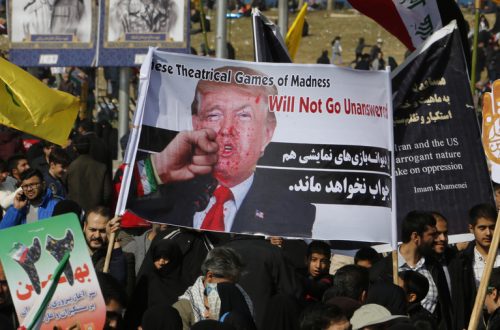There are still those (not all of them Ahmadinejad apologists) who insist that the official results of the Iranian presidential election accurately reflect the alleged overwhelming support for the current president among the rural population and the urban poor and working class; and that western journalists who suggest otherwise have got a distorted view by spending all their time among the wealthy élite of North Tehran.
Laura Secor, who reports for The New Yorker on Iran, responds:
A sort of pernicious cliché has entered our discussion of Iranian politics, namely that the Western press cannot be trusted because American reporters are too lazy to leave North Tehran and too dazzled by the appearance of a vocal minority of upper-class Iranians who are congenial to our self-image. We believe Iran is overrun with people who think like we do, the argument goes, because these are the people who talk to us. It is true that the movements of American reporters in Iran are controlled and curtailed to the point where Tehran is the main, if not the only, point of access, apart from the hard-line holy city of Qom. I cannot speak for all American journalists who report from Iran, but I’m sure I’m not the only one who is acutely aware of, and frustrated by, the lack of insight into the rural heartland this affords us. The best that we can do is to familiarize ourselves with the full spectrum of urban life, across class and cultural boundaries. Most Iranians, after all, live in cities, of which Tehran is only the most gigantic.
It is from this reporting that I have written, in this magazine and elsewhere, that the urban poor had ceased to be a reliable constituency for Ahmadinejad. They were in 2005. But by 2006, it was hard to find a South Tehrani who was pleased with the outcome of that vote or prepared to vote for him again. Why? Because under Ahmadinejad, the country’s economic crisis deepened in ways that hit urban populations—both the poor and the middle class—harder than anyone.
Ahmadinejad’s 2005 mandate was an economic one. Those who wish to argue that Western reporters, in their narcissism, have simply overlooked the widespread enthusiasm for the incumbent, need to explain the outcome of the 2008 parliamentary elections, which were carried by conservatives who were fiercely critical of Ahmadinejad’s economic policies and worked hard to distance themselves from him. These were elections that did not even include any reformist candidates, let alone lure a large North Tehrani vote.
Culture wars and deep polarities tear at Iranian society, but they are not as binary as they are often painted. Iran has a traditional and a modern lower class, a traditional and a modern middle class, even a traditional and a modern élite. The new generation of activists (students, democrats, feminists, journalists) comes largely from the traditional lower middle class—the same demographic that brought us the Islamic Revolution in 1979, and no less authentic a part of the social fabric. To dismiss these Iranians’ aspirations as the vain fancies of the isolated rich is insulting and misguided. Those élite North Tehranis have not been the ones populating rallies and prison cells. That work has been done by those whose lives are difficult and dangerous enough to feel that change is urgent at any price. And if there is a hard core of Iranian activists who will remain in Tehran’s mean streets in the days or weeks or months ahead, it will most certainly not be one comprised entirely of the well-heeled few.
Class dynamics in Iran are volatile, complex, and absolutely integral to the country’s politics and history. But the simplistic gloss that all but an élite and trivial minority support the fundamentalist outlook, irresponsible populism, and strong-man politics of Mahmoud Ahmadinejad does not begin to do them justice, let alone to illuminate the forces currently clashing in the streets of Iranian cities large and small.


